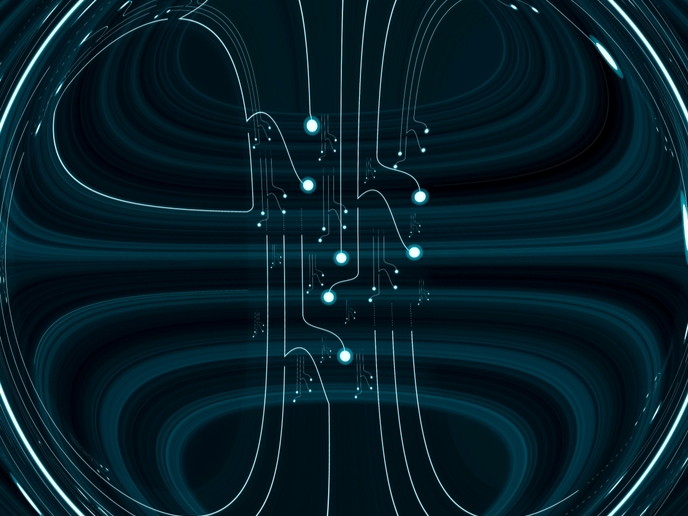Memory technology gets a boost
For years, researchers have looked for a non-volatile memory standard that is faster than flash memory while offering higher densities and withstanding millions of read/write cycles. One of the most promising technologies in development is phase-change memory. Phase-change memory works by rapidly heating chalcogenide glass and shifting it between its crystalline and amorphous states. In its amorphous state, the structure has very high resistance, while in its crystalline state resistance is quite low. Phase-change memory can quickly shift between these two states. Research within the project PCM (Time-domain measurements of phase change memory switching characteristics and investigation of the drift mechanisms for the threshold voltage and reset resistance values) has offered valuable insights into the phase change of such a memory cell. To obtain a comprehensive picture of the electrical, thermal and phase-change dynamics in the memory cell, researchers used a 3D finite element model. The complexity of the system dynamics was handled by constructing and combining three different models. The electrical model is based on temperature- and phase-dependent electrical conductivity while the thermal model, where Joule heating from electrical currents serves as the heat source, is based on temperature- and phase-dependent thermal conductivity. The phase-change model takes into account the nucleation kinetics of crystallites. By coupling the submodels in the framework of a multiphysics approach, the PCM team was able to predict both threshold voltage and recrystallisation temperature for the switching. To this end, they identified the critical conditions leading to formation of a conductive percolation path during the phase change. The numerical predictions were then compared to experimental data obtained on nanoscale devices with different geometries made of Ge2Sb2Te5 (GST) alloy. PCM research has shown that an intermediate resistance state is preferable for higher device performance as well as stability in the long term. As flash memory performance is not expected to increase further – in fact, it is hard to maintain the current performance while improving density and holding read-write endurance constant – phase-change memory is the most promising next-generation memory technology. The next step is to put this memory technology on the market.







